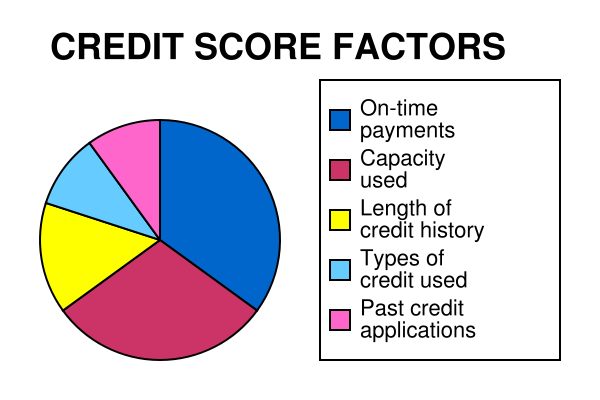In a scenario where the world is getting increasingly digital and witnessing explosion in data, the analytical models are going to gain more relevance. Predictive Analytics too has gone from just being practiced in a few niches to a cutthroat instrument with expanding business uses. It is mainly used to establish trends, perceive customers, improve business conduct, drive strategic decision making and to envision customer behavior. Predictive modeling is scoring data with predictive models and forecasting it. It analyzes current and historical data on individuals to produce metrics such as scores. Picturing predictive analytics without ‘Credit Scoring’ seems just lacking, which is one of its ‘classic’ applications at work and forthwith universally practiced.
Credit scoring is the process of determining a statically created probability value that narrates borrowers’ prospects of default on any loan in a specified interval of time. Simply stating, a credit score reflects the credit-worthiness of a person as a borrower based on his past history. While credit can be extended to individuals, organizations or businesses and can occur for multiple purposes as bank mortgages, home loans, vehicle purchase finances, credit card purchases, installment purchases etc. resulting in expanding number of applicants, it also creates the risk of being defaulted for credit finances and loans. So to fathom the risk levels of credit users, financial organizations typically amass vast amount of information on borrowers. And so statistical predictive analytic techniques are used to analyze or to determine risk levels engrossed on credits, finances, and loans, i.e., default risk levels. Compared to the earlier times when credit score was determined by unaided human judgment which mostly lacked accuracy, was inefficient for complex operations and way too slow, predictive models make it much more feasible for users to quickly have the right decisions in hand with less expense and even can be used to barbarize the complete decision-making procedure.
For financial services, predictive models like the one which was formulated by Commonwealth Bank can accurately predict the fraud activity for any given transaction even before it is authorized, in as less as 40 milliseconds of transaction initiation. Another well-known model is NYSE:FICO– a registered trademark for Fair Isaac Corporation in United States and other countries-that equips high-caliber forecasting solutions for resourceful decisions. FICO’s innovative solutions include the FICO® Score, the standard measure of consumer credit risk along with industry-leading solutions for steering credit accounts, determining and minimizing the impact of fraud, and customizing consumer offers with superb accuracy.
Predictive models are a huge advantage for both –the individual borrowers and for the corporates, moreover they provide an extremely effective way to get more value from data, and possess a wide range of applications that have not even come close to being fully exploited yet.

